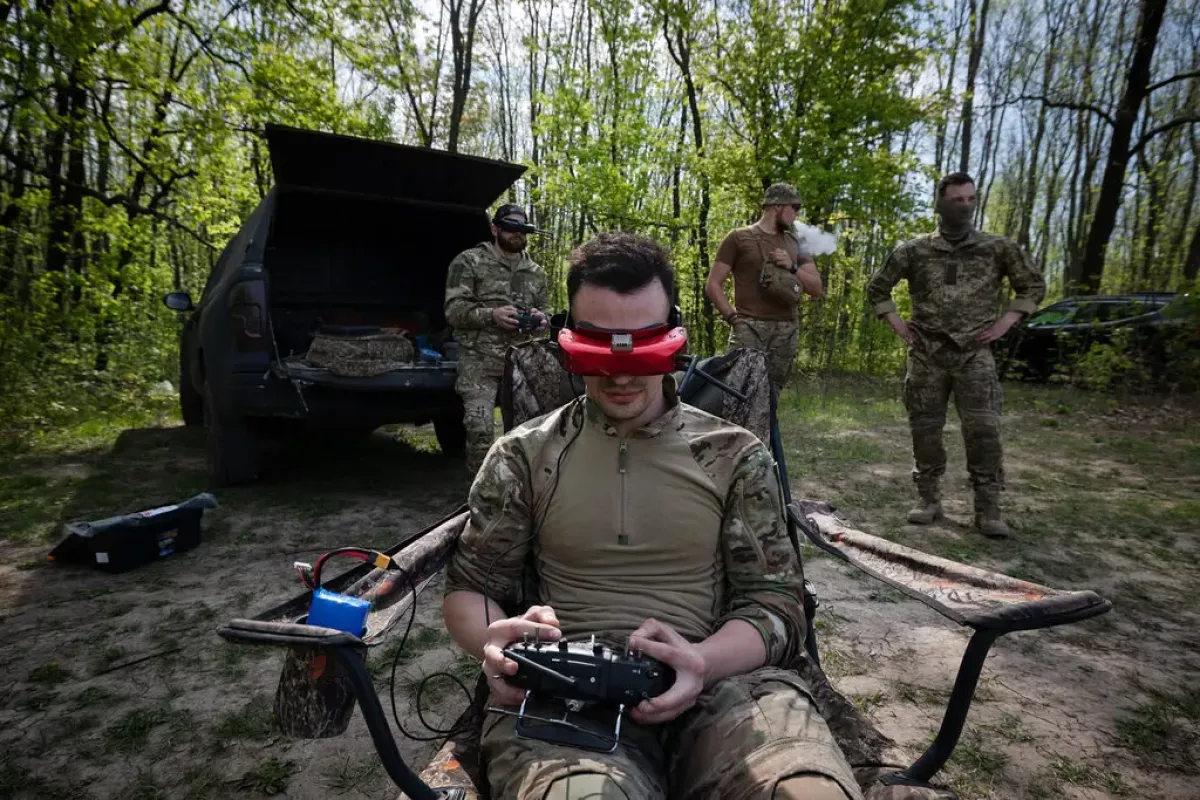NYT: Ukraine expands "drone line" initiative as US support remains uncertain Photo
Facing diminishing U.S. military aid and ongoing ceasefire negotiations, Ukraine is intensifying its domestic drone warfare capabilities through the "Line of Drones" programme.
This initiative aims to bolster Ukraine's defence by expanding the use of domestically produced unmanned systems, providing a strategic alternative should international support wane, Caliber.Az reports, citing The New York Times.
The "Line of Drones" encompasses a range of unmanned aerial vehicles (UAVs), including first-person-view (FPV) drones and fibre-optic-controlled systems. These drones are designed to operate effectively even in environments with heavy electronic jamming, a common tactic employed by Russian forces.
By saturating the airspace over key front-line areas, these drones disrupt Russian troop movements and logistics, contributing to a notable slowdown in Russian offensives since early 2025.

To support this initiative, Ukraine has established the Unmanned Systems Forces, a dedicated branch within its military focusing on drone warfare. This force collaborates closely with domestic manufacturers, facilitating the rapid development and deployment of new drone technologies. The decentralized production model, often based in unconventional settings like residential areas, has enabled the swift scaling of drone manufacturing to meet battlefield demands.

The cost-effectiveness of these drones is significant; each unit costs between $500 to $750, substantially less than traditional artillery shells. This affordability allows for widespread deployment, maximizing impact while conserving resources. Moreover, the drone programme offers an alternative avenue for military service, attracting individuals with technical backgrounds who might be reluctant to serve in traditional combat roles.
As Ukraine continues to adapt to the evolving dynamics of warfare, the "Line of Drones" stands as a testament to its innovative approach to defence, ensuring resilience and operational effectiveness even amidst geopolitical uncertainties.
By Aghakazim Guliyev








